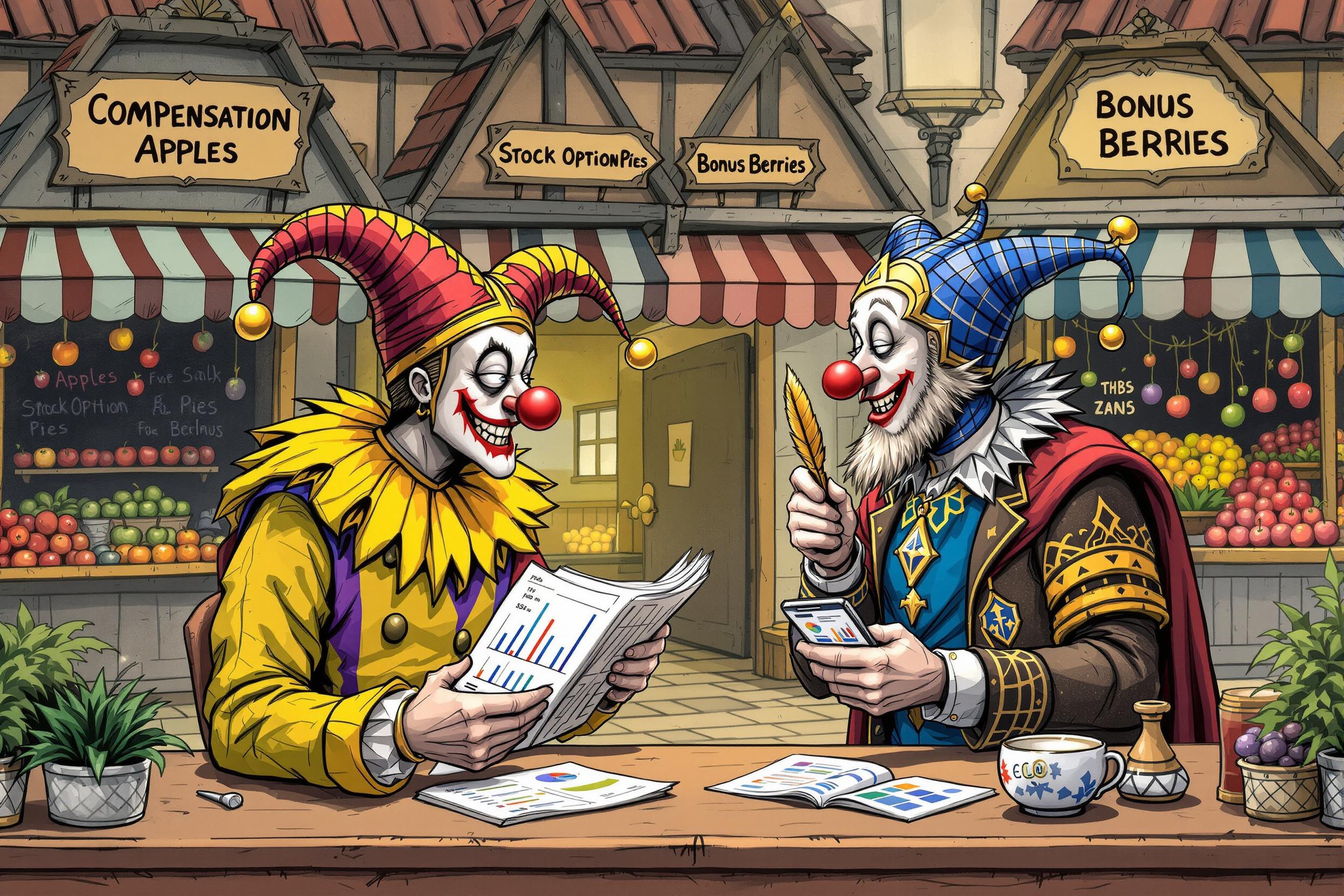
Auction Estimate
An Auction Estimate is a professional assessment of how much an antique or artwork might sell for at auction. It's a range of prices (usually given as a low and high estimate) that experts provide based on their knowledge of the market, the item's condition, rarity, and recent sales of similar pieces. This is a crucial skill in the antiques industry as it helps determine an item's market value and guides both sellers and buyers in making informed decisions. The ability to provide accurate auction estimates is a key qualification for roles like antique appraisers, auction specialists, and art consultants.
Examples in Resumes
Provided Auction Estimates for over 500 pieces of American furniture annually
Developed Auction Estimate reports for high-value estate collections
Conducted research to support Auction Estimates and Price Appraisals for European paintings
Typical job title: "Auction Estimators"
Also try searching for:
Where to Find Auction Estimators
Professional Organizations
Job Boards
Online Networks
Example Interview Questions
Senior Level Questions
Q: How do you handle disagreements with clients about an item's value?
Expected Answer: A senior estimator should explain their approach to diplomatically handling value disputes, mentioning documentation of comparable sales, clear explanation of reasoning, and maintaining professional relationships while standing by their expert opinion.
Q: How do you stay current with market trends and price fluctuations?
Expected Answer: Should discuss following auction results, attending major sales, networking with other experts, subscribing to industry publications, and maintaining databases of sales results.
Mid Level Questions
Q: What factors do you consider when creating an auction estimate?
Expected Answer: Should mention condition, provenance, rarity, market demand, recent comparable sales, current market trends, and any restoration or conservation needs.
Q: How do you research an item's authenticity and history?
Expected Answer: Should explain using reference materials, consulting experts, examining maker's marks, studying provenance documents, and utilizing auction databases.
Junior Level Questions
Q: What's the difference between retail value and auction estimate?
Expected Answer: Should explain that retail values are typically higher than auction estimates, and discuss how auction estimates reflect what buyers might actually pay in a competitive bidding situation.
Q: How do you document items for estimation?
Expected Answer: Should discuss taking detailed photographs, measuring items, noting condition issues, recording markings or signatures, and researching comparable sales.
Experience Level Indicators
Junior (0-2 years)
- Basic item documentation and photography
- Understanding of auction process
- Knowledge of common antique categories
- Ability to use price databases
Mid (2-5 years)
- Independent valuation of common items
- Knowledge of market trends
- Client relationship management
- Detailed condition reporting
Senior (5+ years)
- Complex valuation expertise
- Specialist knowledge in specific categories
- Training and mentoring ability
- Expert witness experience
Red Flags to Watch For
- Unable to explain how they determine values
- No knowledge of major auction houses or market trends
- Lack of hands-on experience with antiques
- Poor understanding of condition grading
- No familiarity with authentication methods




